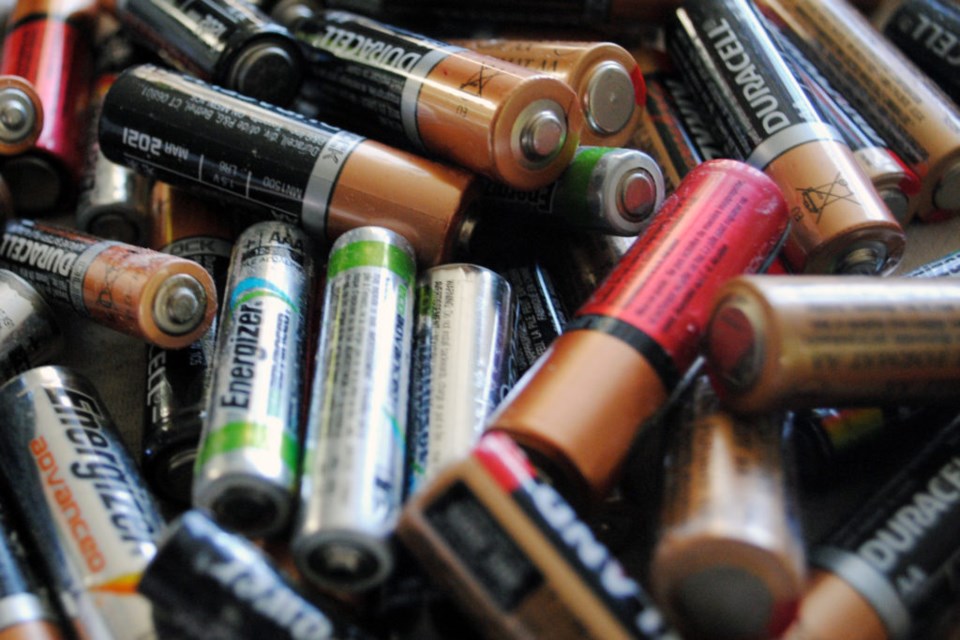
To coincide with Earth Week, Niagara Region waste management is collecting batteries curbside during the week of April 22 to 26.
Sherri Tait, acting manager of waste management services, says, “We do see people throwing their batteries in the garbage, thinking ‘It’s just one battery.’ But they all contain toxic and hazardous materials, as well as materials that can be recovered and reused.” When batteries land in municipal waste sites, their leached toxins can cause soil and water contamination.
Niagara uses a recovery operation in Port Colborne called Raw Materials Company. According to Andrew Paupst, sales manager at RMC, the recovered contents of batteries are used for a variety of purposes, and the process reclaims 100 per cent of each alkaline battery they receive.
Paupst says 100 per cent of the zinc, manganese and potassium is recovered and used as a premium micro-nutrient to grow corn. Also 100 per cent of the steel and nickel is recovered and sold back into the local market as a premium product in the production of new metals. The paper and plastic that make up eight to 10 per cent of the battery by weight is sent to an energy-from-waste facility to create electricity.
Acceptable batteries include standard A, AA, AAA, C, D; 6V and 9V; button cells (watch batteries, toys, electronics, greeting cards, calculators); rechargeable battery packs: NiCad, NiMH, or Lithium Ion.
Unacceptable batteries include car batteries, and any leaking or damaged batteries — these can be dropped off at a household hazardous waste depot.
Because contact can ignite certain batteries, masking tape should be placed over both ends or sides of lithium, button cell and 9V batteries.
For curbside pickup on your regular collection day of that week, batteries must be in a sealed clear plastic bag, which should be placed next to your recycling bins, clearly visible to contractors collecting garbage.
Tait says curbside battery collection in Niagara started as a pilot program in 2012, and has grown since then.
“Last year we collected almost nine tons of batteries in the one week of curbside collection, in addition to anything that was taken to depots,” she says. “We’re trying to give people another convenient way to dispose of batteries.”
Niagara has some progress to make when it comes to battery recycling. While some statistics claim the province collected as much as 50 per cent of the batteries sold in 2017, the region has seen only a 3.6 per cent uptake in curbside collection. Tait recognizes people are availing themselves of other battery collection services (in local grocery and hardware stores, for example), but would like to see an increase in homes taking advantage of the convenience of the curbside option.